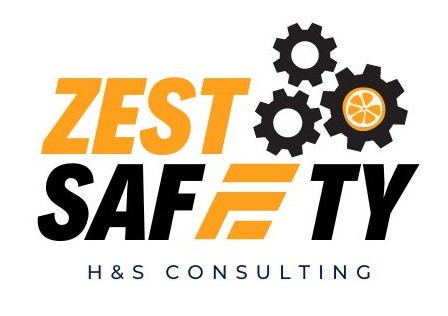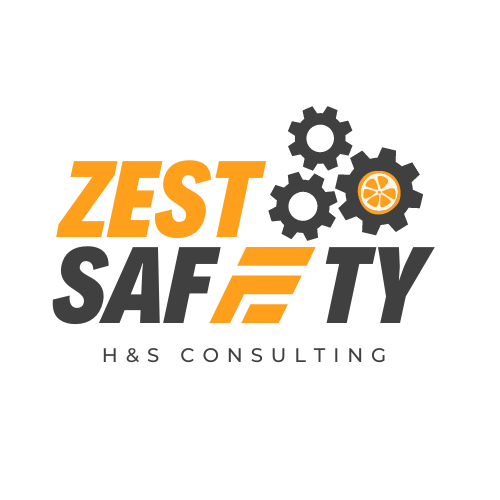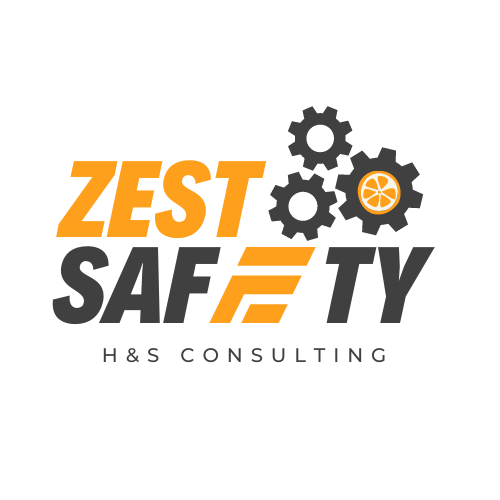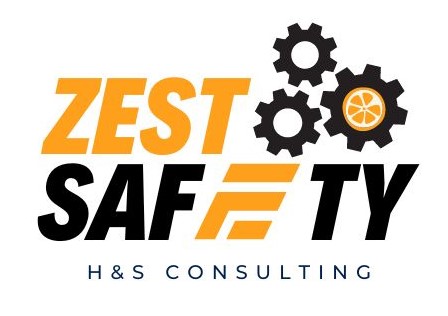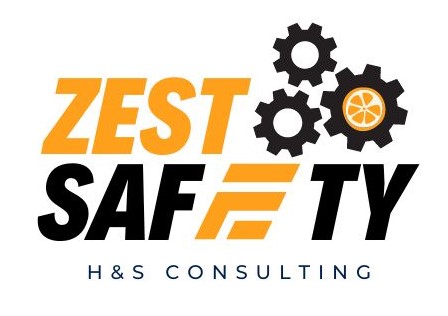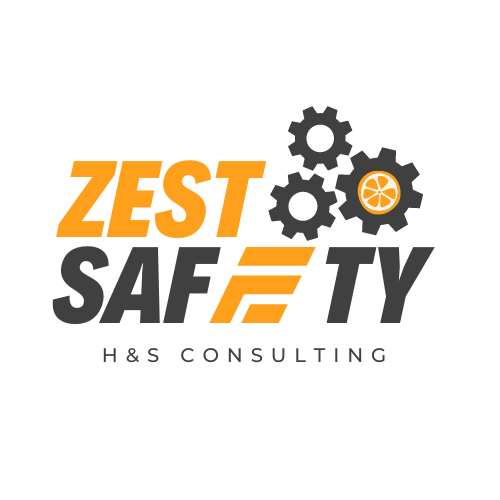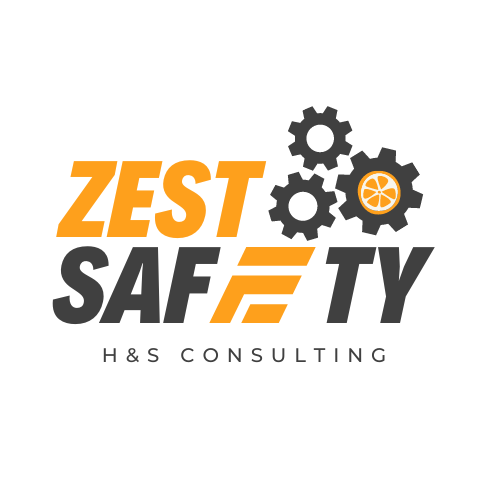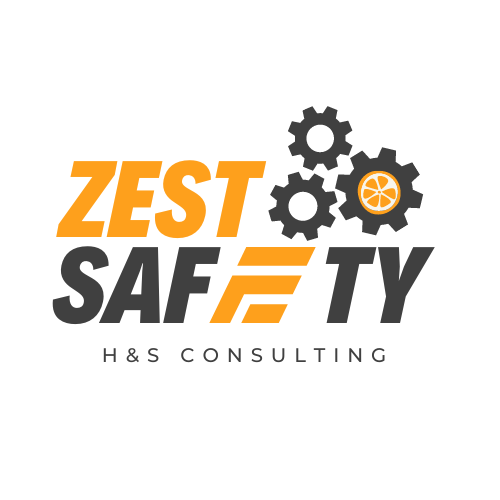Title Page
-
Date conducted on
-
Workers Name (the person that is lone working)
-
Workers Position / Role
-
Risk Assessment Completed by
-
Assessors Position / Role
-
Description of the Lone Working (e.g., Retail, Sales Rep, Home-Based) & frequency of the lone working:
-
Site conducted (for Retail Sites only)
Lone Working Risk Assessment
WORK ENVIRONMENT & CONDITIONS
-
The working environment is free from any known hazards (e.g., physical risks, security risks, electrical hazards)?
-
Has the work environment been inspected for safety hazards (slips, trips, fire risks, electrical risks) in the last 6-months?
-
Are there adequate lighting and safety measures in place, especially for opening/closing the premises or working late?
-
Has the worker completed the SOP for the use of the step ladder & is deemed as competent?
SECURITY RISKS
-
Are there potential risks of aggressive customers or theft / robbery in the working environment? (e.g. High crime area, known recent robberies nearby, persons hanging around outside etc)
-
Are security measures in place, such as alarm systems or panic buttons?
-
Does the door to the storeroom have a door that closes and has a working & secure locking mechanism?
-
Has overnight accommodation been assessed for suitability of the security applicable to the person who stays there? Need to ask the worker if the premises is secure enough for them and they feel safe.
-
Is there a buddy system in place for check-ins during opening/closing hours?
-
Are there emergency contact details available for nearby colleagues or supervisors?
PSYCHOSOCIAL RISKS
-
Has the worker actively communicated that they feel comfortable and supported in managing stress and mental health related to lone working? If ‘no’, requires follow-up actions
-
Are there measures in place to reduce isolation (e.g., regular check-ins, communication with team members)?
-
Has the worker been given the opportunity to work from the company office & there is a dedicated desk available if they wish to?
HEALTH & MEDICAL RISKS
-
Is the worker free from any medical conditions that may be affected by lone working?
-
Are emergency procedures in place in the event of sudden illness or injury?
-
Is a first aid kit available at the lone working location (or in the car for Area/Territory Managers)?
-
Does the worker know how to report accidents or near misses?
DRIVING
-
Does the worker drive long distances (over 100 km total trip) or for extended periods?
-
Does the worker have to work more than 10-hours in a single day due to long driving distances?
-
If the worker drives long distances is the car provided suitable, large enough and comfortable enough for the long distances?
-
Have maximum driving hours and minimum breaks been discussed and agreed with the worker?
-
Are driving routes and schedules planned, amended, and documented in advance to include regular rest breaks and the use toilet facilities?
-
Does the provided company car have a traction control system (TCS) and Anti-lock braking system (ABS) fitted?
-
Does the provided company car have an automated emergency braking (AEB) system fitted?
-
Does the provided company car have a lane assist or lane departure warning system fitted?
-
Does the provided company car have blind-spot indicators fitted?
-
Does the provided company car have at least 3-airbags situated around the driver (not including the passenger airbags)?
-
Is the worker trained in defensive driving techniques?
-
Is the vehicle equipped with a fire extinguisher?
-
Is the vehicle equipped with emergency contact information?
-
Is the vehicle equipped with hands free mobile phone controls on the steering wheel?
-
On average how many nights per month are spent away from home whilst travelling
-
Are travel itineraries shared with a Manger or colleague for remote or rural trips?
ERGONOMIC AND PHYSICAL RISKS (Home-Based Workers)
-
Has the worker completed an ergonomic self-assessment for their home workstation?
-
Is the home workspace set up with proper ergonomic equipment e.g., adjustable chair, monitor, keyboard, wrist supports (if required), gel-mouse pad (if required)?
-
Has the worker agreed that they take regular breaks to avoid prolonged sitting or repetitive strain (no longer than 2-hours at a time at the computer maximum)?
EMERGENCY PREPAREDNESS
-
Are emergency contact numbers easily accessible?
-
Does the driver have a hi-vis vest in the car?
-
Does the worker have a means of communication (e.g., phone, two-way radio) in case of emergencies?
-
Do all the areas the worker travels through have mobile phone service coverage?
COMMUNICATION
-
Are there established protocols for regular check-ins or status updates?
-
Does the worker contact their manager immediately each time after they lockup the premises at night or have retired from work for the evening to confirm they are safe? (this could be a text message or call)
-
Has the worker received a copy of the latest HSE Committee meeting minutes?
TRAINING & AWARENESS
-
Is the worker trained to deal with aggressive persons or conflict situations?
-
Has the worker received the ‘EAP support services‘ Toolbox talk in the past 12-months?
-
Has the worker been provided with a copy of the Lone Working Guidelines (Guide-305) and they have indicated it has been read?
-
Has the worker received the ‘Psychosocial risks’ Toolbox talk in the past 12-months?
-
Has the ‘Dealing with emergencies, Fire & Evacuations’ Toolbox Talk been completed in the past 12-months?
-
Has the ‘Driving safety; fatigue’ Toolbox Talk been completed in the past 12-months?
-
Has the ‘Driving safety; ergonomics, breaks, and stretching’ Toolbox Talk been completed in the past 12-months?
-
Has the worker received the ‘AMV Safe Driving Policy’ and indicated it has been read (via Employment Hero)?
-
Has the worker received the cybersecurity training?
Sign-Off
-
Signature of person completing the risk assessment
